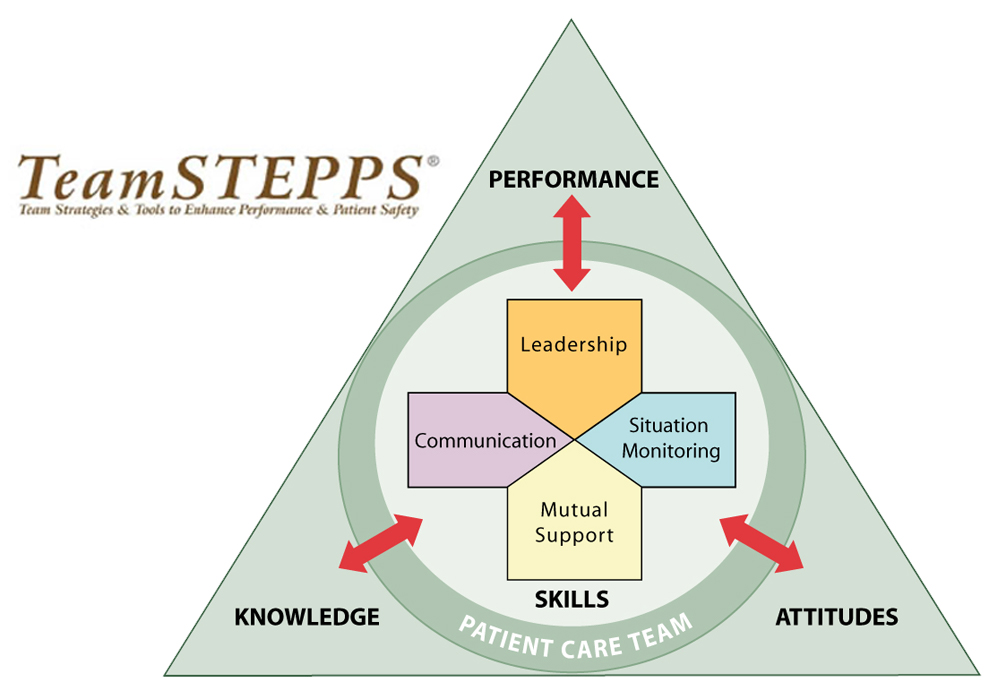TeamSTEPPS
TeamSTEPPS is an evidence-based set of teamwork tools designed to optimize patient outcomes through the improvement of communication and teamwork skills among healthcare simulation professionals. The Agency for Healthcare Research and Quality (AHRQ) and the U.S. Department of Defense developed TeamSTEPPS in the mid-2000s with healthcare organizations in mind. Today, TeamSTEPPS offers a 2.5-day train-the-trainer course to educate instructors and coaches in content fundamentals, providing the knowledge and training to implement and coach the desired behaviors to achieve results.
A teamwork system, TeamSTEPPS offers a powerful solution to improving collaboration and communication within an institution. According to the AHRQ, teamwork has been found to be one of the key initiatives within patient safety. Experts who focus on improving patient safety agree that communication and other teamwork skills are essential for providing quality healthcare and preventing and mitigating medical errors.
TeamSTEPPS is modeled off of the aviation industry’s “CRM” or Crew Resource Management protocol. This is the effective use of all available resources for flight crew personnel to help ensure a safe and efficient operation, while reducing error, avoiding stress and ultimately increasing efficiency. CRM was developed in response to new insights into the causes of aircraft accidents which followed from the introduction of flight data recorders (FDRs) and cockpit voice recorders (CVRs), Encompassing a wide range of knowledge, skills and attitudes, CRM focuses on the cognitive and interpersonal skills needed to manage a flight within an organized aviation system.
Sponsored Content:
Since inception, TeamSTEPPS has been used by healthcare professionals across the United States. The system’s research catalog describes some of the approaches used to implement TeamSTEPPS in specific settings of care, as well as evaluation efforts to quantify or qualify the impact of using TeamSTEPPS. An organization that is ready to focus on teamwork and safety is more likely to benefit from a TeamSTEPPS intervention.
The goal of TeamSTEPPS is to provide the safest and highest quality healthcare, which involves optimizing a complicated delivery system of people and processes. Achieving this goal also requires change, including the ability to identify the need for change, to develop a culture that will accept change, and to foster change in individuals’ approaches to the healthcare delivery process. Such change may involve giving people freedom and discretion, encouraging risk-taking and speaking up, giving permission to find team-driven solutions. To yield successful results, each respective institution utilizing TeamSTEPPS must be willing to change the culture and processes already in place to enhance teamwork and safety.
To help institutions reach successful outcomes, TeamSTEPPS provides flexibility in how the system can be implemented. For example, an institution may determine it best to select just one tool and implement that segment of the training and the necessary follow-up coaching to ensure teams learn and continue to use the tool to enhance teamwork and safety. In addition, institutions may opt to have their own content and examples included. Note, each of these options requires trainers to commit some time to customize the content.
Segments may further include supplemental and interchangeable content to be used to customize the program. Several versions of TeamSTEPPS are available, along with individual modules related to specific audiences, settings, or situations. Versions include:
Sponsored Content:
- TeamSTEPPS 2.0
- TeamSTEPPS for Office-Based Care Version
- TeamSTEPPS Long-Term Care Version
- TeamSTEPPS Dental Module
- Patients with Limited English Proficiency
- TeamSTEPPS Rapid Response Systems Guide
- Training Guide: Using Healthcare Simulation in TeamSTEPPS Training
Before entering the TeamSTEPPS program, institutions should ensure readiness for the initiative by obtaining objective information to support the need for improving specific areas. Objective information can originate from a variety of sources, including adverse event and near-miss reports, root cause analyses or failure modes and effects analyses, administering the AHRQ Patient Safety Culture Survey, surveys of patient or staff satisfaction, and unit- or site-specific process and outcome measures (e.g., patient flow, hospital-acquired infection rates, preventable deaths).
If an organization is currently experiencing many changes, attempting to manage multiple change efforts at one time may degrade the institution’s ability. This may deter employees’ willingness to implement and sustain the TeamSTEPPS effort as well. During such times, the TeamSTEPPS program may be viewed as a distraction rather than a solution. Therefore, making sure that the time is right to begin such a program is critical.
Of equal importance, institutions must ensure that the leaders are capable of actively supporting and championing TeamSTEPPS. Leaders need to understand the requirements of the program (e.g., trainer preparation and training, ongoing coaching, weekly team meetings to reinforce concepts) and be willing to provide the personnel, time, and resources required to successfully implement and sustain the program. They must understand their role in sponsoring, evaluating, enabling, or modifying the behaviors necessary to shape and maintain the targeted safety or teamwork behavior changes.
Given that this is a major culture change effort, the TeamSTEPPS initiative extends beyond classroom teaching and calls for coaches to reinforce, monitor, and role model teamwork principles in everyday practice. In terms of leadership, institutions must select individuals with the right characteristics to serve as coaches to increase the likelihood of their success and others’ receptiveness to their coaching. For coaching to be effective, one coach is recommended per every 10 staff members.
If questioning whether an institution will be able to reinforce and reward positive teamwork behaviors and improvements in processes, management should complete the readiness assessment on the TeamSTEPPS website. Through the completion of an organizational readiness assessment checklist, they will be able to base their readiness level on a points system. Results will determine if an institution is ready to implement TeamSTEPPS, may not be ready on one-third to one-half of the factors, or if significant work is likely needed to raise the readiness level of the institution.
Overall, to become accepted practice, positive teamwork behaviors and improvements in processes and outcomes need to be reinforced and rewarded. Leaders, champions, instructors, and coaches should be willing to provide ongoing feedback to others within the institution. Successes need to be formally recognized and showcased throughout the organization. TeamSTEPPS activities help maintain the momentum needed to sustain a culture of safety and teamwork.
More About The Agency for Healthcare Research and Quality
The Agency for Healthcare Research and Quality’s mission is to produce evidence to make healthcare safer, of higher quality, more accessible, equitable, and affordable. The agency works within the U.S. Department of Health and Human Services and with other partners to make sure that the evidence is understood and used. As one of 12 agencies within the Department of Health and Human Services, AHRQ supports research that helps people make more informed decisions and improves the quality of healthcare services. Headquartered in Rockville, Maryland, AHRQ was formerly known as the Agency for Healthcare Policy and Research. Learn more on the TeamSTEPPS website or read these articles below.
TeamSTEPPS Simulation Education Latest News

How to Develop a Shared Mental Model in Healthcare Simulation

Off-Label Benefits of Clinical Simulation
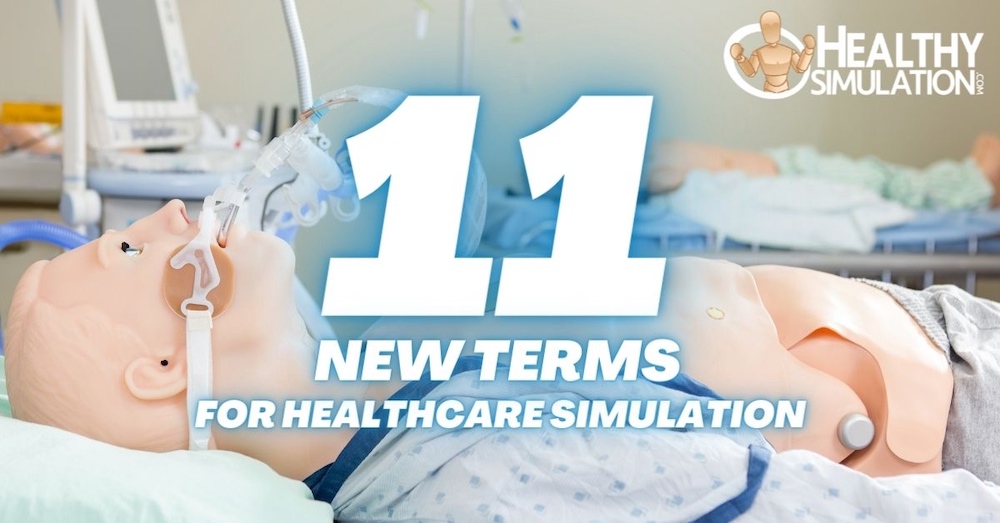
11 Medical Simulation Keywords You Need to Know About
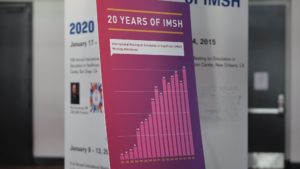
International Meeting for Simulation in Healthcare 2020 Final Session Wrap Ups
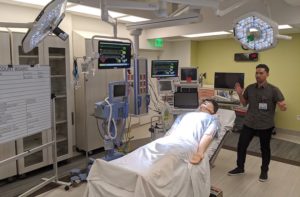
Kaiser Permanente Shares Success of New Sim Labs & TEAMSTEPPS Training at SoCal Sim Collaborative
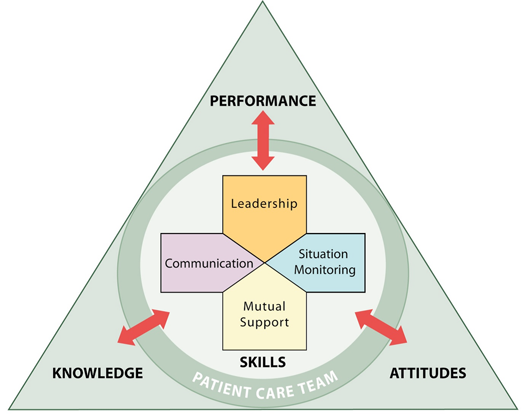
免费在线 TeamSTEPPS 2.0 团队合作课程
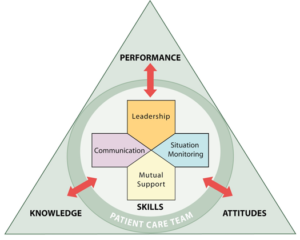
TeamSTEPPS Healthcare Communication System 2.0 Online Master Trainer Course is — Totally Free!
Virtual TeamSTEPPS Online Program Enables Collaborative Training Opportunities
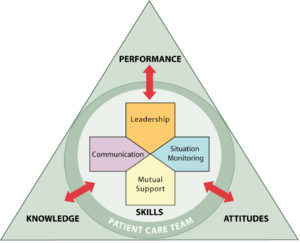
TeamSTEPPS Online Master Trainer CE Course Now Available for FREE!
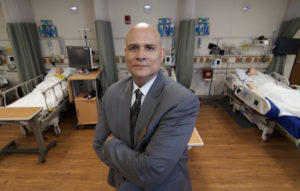
Timothy Clapper PhD Articles on TeamSTEPPS Communication Training Opportunities for Medical Simulation Programs

Forbes: “Miracle on the Hudson” Pilot Capt. Sully Works on Patient Safety
Sponsored Content:



